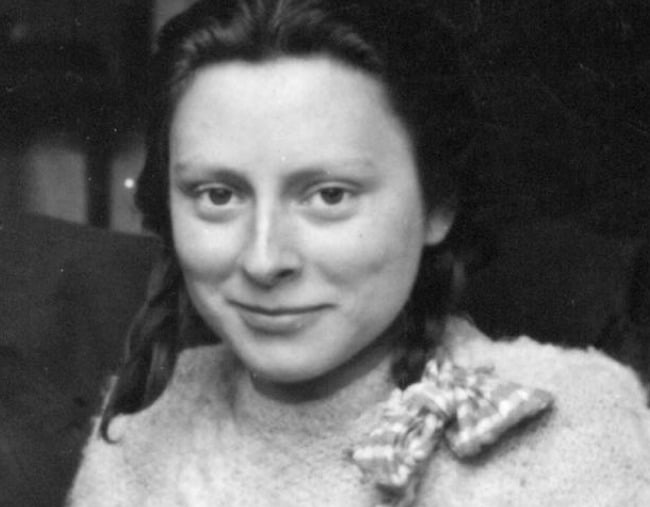
Freddie Oversteegen was just 14 years old when she joined the Dutch resistance.
She looked only 12.
The teenager would go on to kill countless Nazi soldiers during World War II.
Oversteegen was born on September 6, 1925, in the Netherlands village of Schoten, which is now a part of Haarlem.
When her parents divorced, Oversteegen moved with her mother and her sister, Truus Menger-Oversteegen, into a small apartment.
Her mother would later marry and give birth to the sister’s half-brother.
During the war, the family hid a Jewish couple in their apartment. Freddie and Truus would later start handing out anti-Nazi pamphlets in the surrounding neighbourhoods.
This activity attracted the attention of Frans van der Wiel, the commander of the Haarlem Council of Resistance. He asked the girls if they would like to join the Resistance and, with the permission of their mother, they did.
“Only later did he tell us what we’d actually have to do: sabotage bridges and railway lines,” Truus told anthropologist Ellis Jonker for his 2014 book Under Fire: Women and World War II.
“We told him we’d like to do that. ‘And learn to shoot, to shoot Nazis,’ he added. I remember my sister saying, ‘Well, that’s something I’ve never done before!’”
The sisters along with Hannie Schaft, a red-haired law student, sabotaged bridges and railways, and smuggled Jewish children out of the country.
They would also lure Nazi officers into the woods, asking them whether they would like to “go for a stroll…”, before executing them.
Freddie was the first one to kill a man.
“We had to do it,” Freddie once told an interviewer. “It was a necessary evil, killing those who betrayed the good people.”




























































































